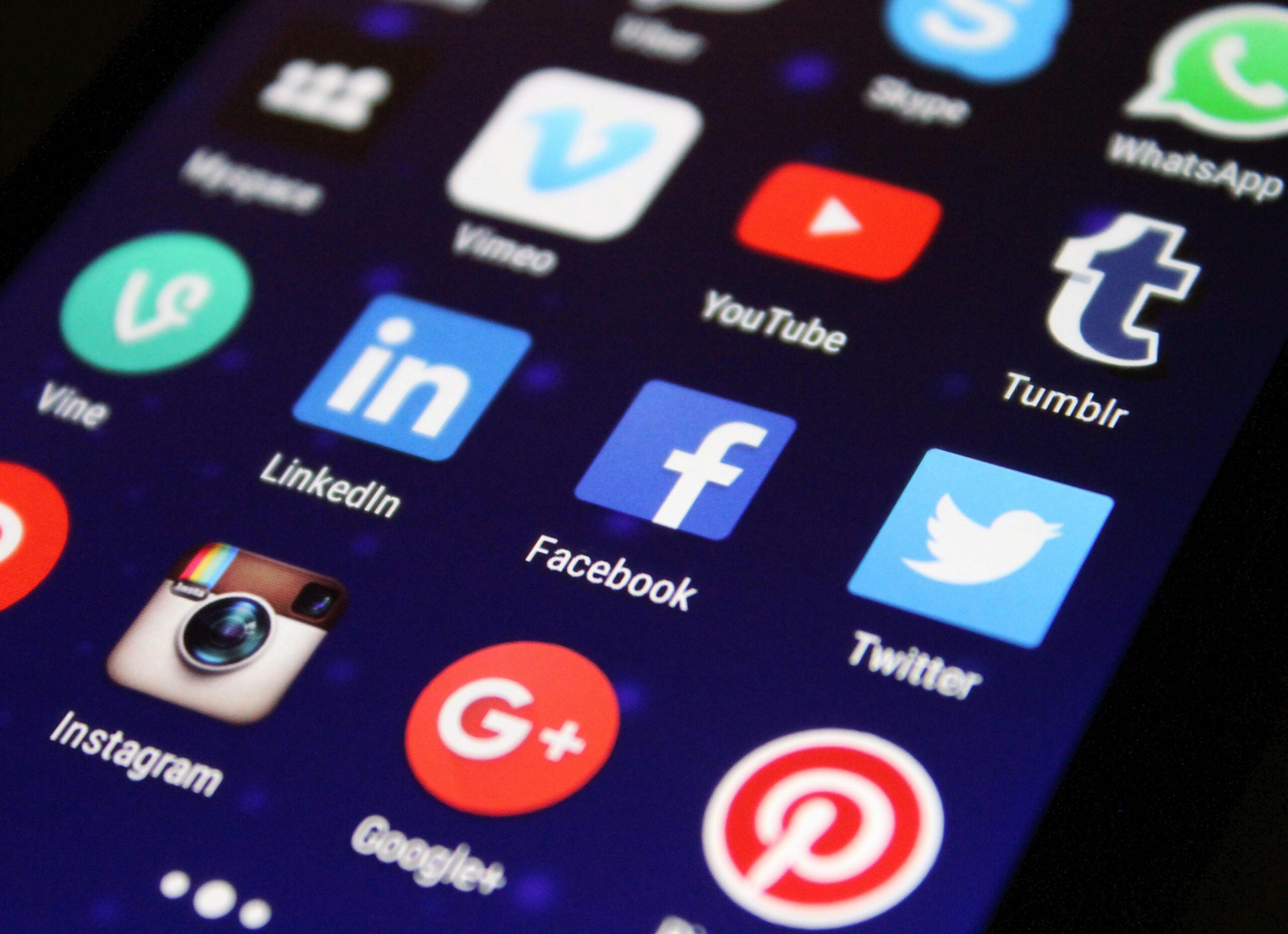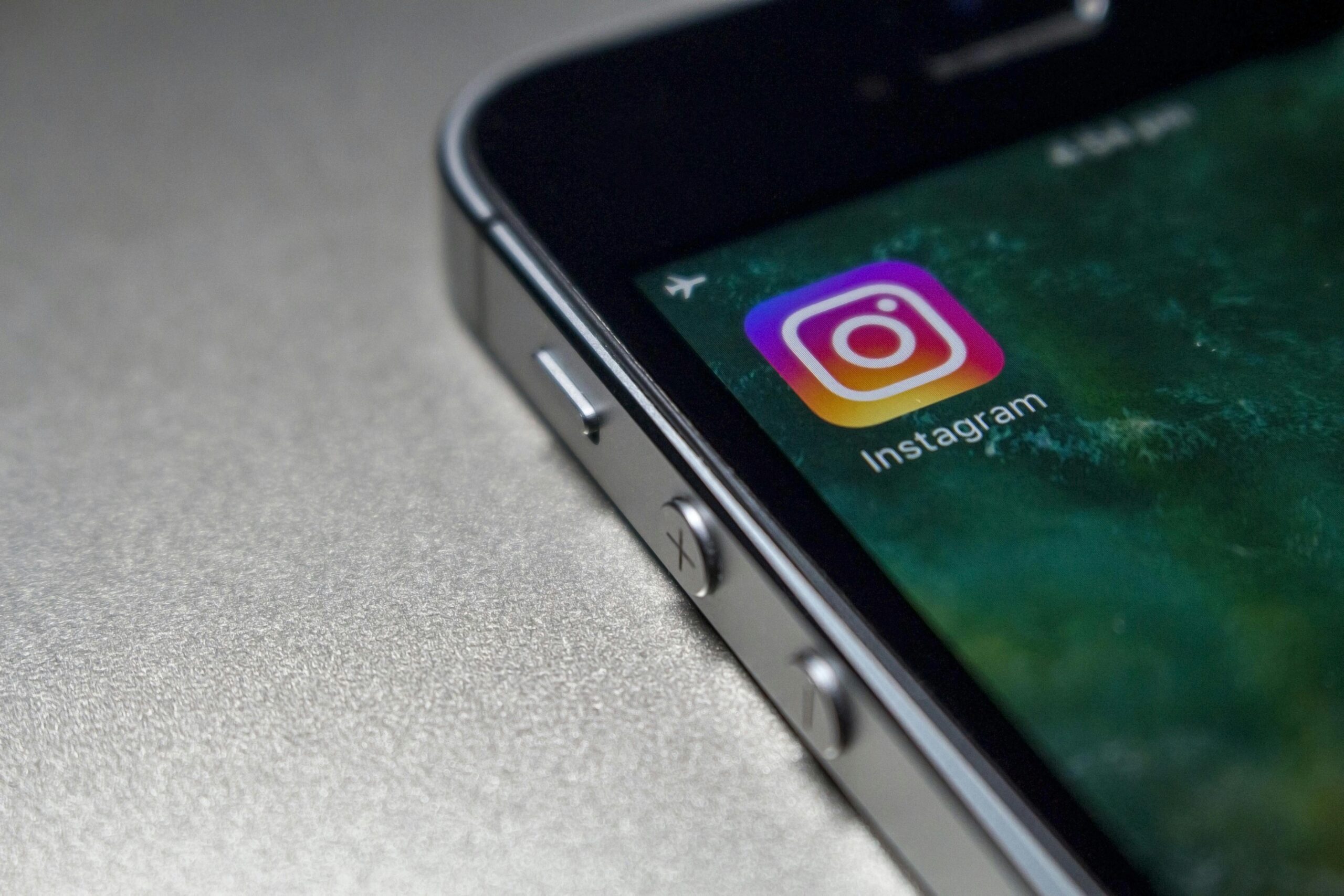Social media collaboration, among other strategies, is looked into keenly by brands, creators, and organizations aiming to expand their reach, foster creativity, and achieve mutual goals in an increasingly crowded digital landscape. By teaming up, collaborators can amplify their voices, share resources, and engage audiences in new and compelling ways.
What Is Social Media Collaboration?
Social media collaboration is a strategic partnership where two or more parties, such as brands, influencers, creators, or organizations, work together to co-create content and promote shared objectives. These collaborations can take many forms, including joint campaigns, co-hosted events, giveaways, guest posts, and social media takeovers. The primary goal is to leverage each other’s audiences, resources, and creativity for mutual benefit.
Types of Social Media Collaborations
| Collaboration Type | Description | Example | |
| Creator-to-Creator | Two or more content creators co-create and share content to delight their overlapping audiences | Comedy sketches, joint videos, or podcast episodes | |
| Creator-to-Brand | A creator partners with a brand to promote products or services, often via sponsored content | Influencer reviews, sponsored posts, product demos | |
| Brand-to-Brand | Two brands collaborate on campaigns, co-branded products, or events to reach intersecting markets | Joint giveaways, co-hosted events, co-branded products |
Key Benefits of Social Media Collaboration
· Expanded Reach and New Audiences
Collaborators can tap into each other’s follower bases, exposing their content to new potential customers or fans and accelerating growth.
· Enhanced Creativity and Fresh Content
Working with others brings diverse perspectives and new ideas, often resulting in more engaging and innovative content.
· Shared Workload and Resources
Joint efforts mean sharing the tasks of content creation, marketing, and promotion, making campaigns more efficient and less resource-intensive.
· Increased Engagement and Community Building
Collaborative campaigns, such as giveaways or live events, often generate higher engagement, foster community interaction, and build anticipation among audiences.
· Cost-Effective Marketing
Collaborations can boost visibility and sales without the need for significant advertising spend, making them an attractive option for businesses of all sizes.
Popular Collaboration Formats
· Joint Giveaways: Partners offer a prize and require participants to follow both accounts, tag friends, or share content to enter; driving engagement and follower growth.
· Social Media Takeovers: One party temporarily manages the other’s social account, providing fresh content and cross-promotion.
· Co-Hosted Live Events: Brands or creators go live together, reaching both audiences in real time and fostering direct interaction.
· Collaborative Content Creation: Partners co-create videos, articles, or podcasts, sharing expertise and entertainment value.
Best Practices for Successful Collaboration
· Align on Goals and Values: Choose partners with similar audiences, missions, or brand values to ensure authentic and effective collaboration.
· Co-Create and Brainstorm Together: Involve all parties in idea generation to maximize creativity and buy-in.
· Leverage Collaboration Tools: Use platforms like Slack, Trello, or shared content calendars to coordinate efforts and streamline communication.
· Promote Across Channels: Both parties should actively promote the collaboration on their respective platforms to maximize reach and impact.
· Monitor and Measure Results: Track engagement, reach, and other key metrics to evaluate the collaboration’s success and inform future partnerships.
Real-World Examples
· Brand-to-Brand: Crescent Hotels and Resorts partnered with Grove Collaborative for a sustainability-focused sweepstakes, reaching eco-conscious travelers through combined audiences.
· Creator-to-Brand: Influencers like Jenny Park collaborate with brands such as H&R Block, integrating sponsored content that resonates with their established audience.
· Creator-to-Creator: Content creators Leena Dong, Jon Moon, and others teamed up for a comedic sketch, delighting their followers with fresh, collaborative content.
Conclusion
Social media collaboration is a powerful tool for brands, creators, and organizations seeking to grow their presence, engage new audiences, and foster innovation. By strategically partnering with others, sharing resources, and co-creating content, collaborators can achieve far greater results than they could alone; proving that in the world of social media, teamwork truly does make the dream work. Contact Us today for enquiries.


